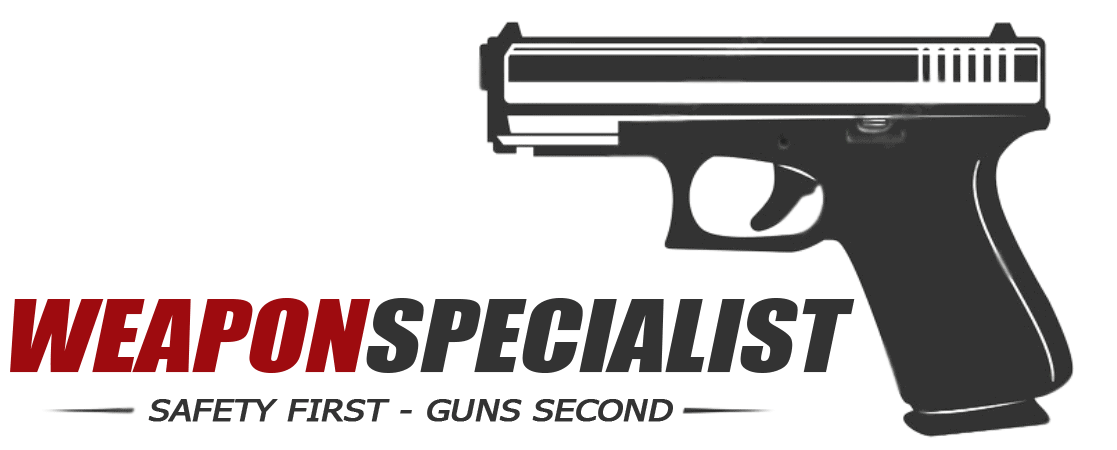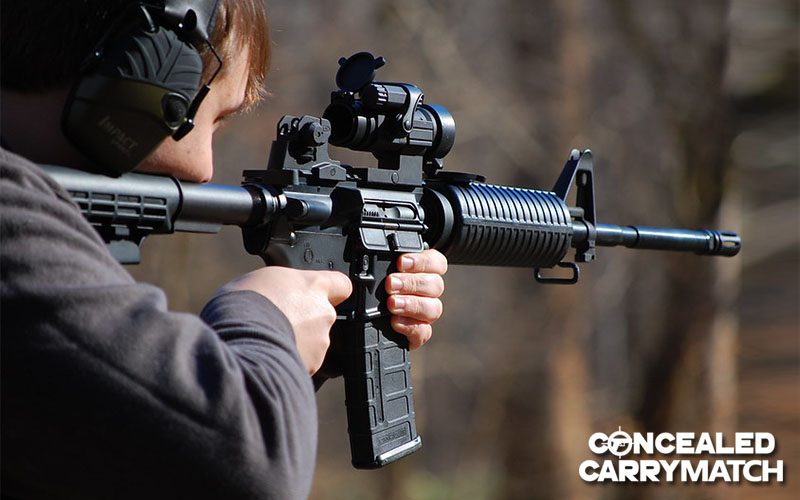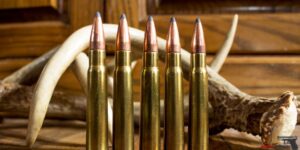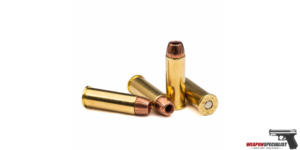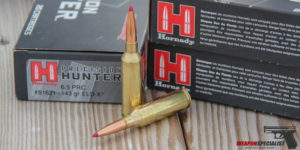When it comes to choosing the ideal gas system for your AR-15, the decision between Carbine Length and Mid Length can be a critical one.
Each of these configurations offers distinct advantages, making it essential to understand the differences before making the right choice for your firearm.
In this post, I will delve into the characteristics of Carbine Length and Mid Length gas systems, helping you make an informed decision that suits your specific needs.
What Is Carbine Length?
Carbine length refers to a specific configuration of the gas system in firearms, particularly rifles. It is commonly used to describe the length of the gas tube and handguard on a rifle or carbine.
In the context of AR-15 platform rifles, the carbine length typically refers to a shorter gas system and handguard compared to the standard rifle length. The carbine gas system is designed for shorter barrels, usually around 14.5 to 16 inches in length.
The gas system in a carbine-length rifle is positioned closer to the muzzle, allowing for faster cycling of the action and a shorter overall rifle length. This configuration is often preferred for its compactness and maneuverability, making it suitable for close-quarters engagements, such as in military and law enforcement applications or home defense.
The handguard on a carbine-length rifle usually extends up to the gas block, which covers the gas tube that connects the gas port on the barrel to the gas key of the bolt carrier group. The handguard provides a mounting platform for accessories such as foregrips, laser sights, and flashlights.
It’s important to note that carbine length can vary between different firearm models and calibers, but the term generally refers to a gas system and handguard configuration optimized for shorter barrel lengths.
What Is Mid Length?
Mid length refers to a particular configuration of the gas system and handguard length. It is commonly used to describe a gas system that is longer than the carbine length but shorter than the rifle length.
In the AR-15 platform, the mid-length gas system is designed for barrels typically ranging from 16 to 18 inches in length. It positions the gas port further down the barrel compared to the carbine length, resulting in a slightly longer dwell time and a smoother recoil impulse.
The longer gas system of a mid-length rifle offers some advantages over the carbine length. It typically provides a gentler gas impulse, reducing felt recoil and muzzle rise, which can result in improved control and faster follow-up shots. The mid-length gas system also helps to reduce wear and tear on the firearm’s internal components compared to the more intense cycle of the carbine-length gas system.
The handguard on a mid-length rifle extends beyond the gas block, providing a longer, more comfortable gripping surface and additional space for accessories. The extra length allows for better support for various shooting positions and more flexibility in mounting optics, lights, lasers, and other attachments.
It’s worth noting that mid length can vary slightly depending on the specific rifle manufacturer and caliber. However, in general, the term mid length refers to a gas system and handguard configuration that falls between the carbine length and rifle length, optimizing performance for barrels in the 16 to 18-inch range.
Quick Carbine Length Vs Mid Length Comparison
| Aspect | Carbine Length | Mid Length |
|---|---|---|
| Gas System Length | Shorter | Longer |
| Typical Barrel Lengths | 14.5″ – 16″ | 16″ – 18″ |
| Gas Port Position | Closer to muzzle | Further down the barrel |
| Gas Impulse | More intense | Gentler |
| Recoil Control | Slightly more recoil and muzzle rise | Reduced recoil and muzzle rise |
| Dwell Time | Shorter | Slightly longer |
| Handguard Length | Shorter, ends at gas block | Longer, extends beyond gas block |
| Accessories | Less rail space for attachments | More rail space for attachments |
| Shooting Support | Better for close-quarters engagements | More support for various shooting positions |
| Internal Component Wear | Potentially more stress on components | Reduced stress on components |
Pros And Cons Of The Carbine Vs Mid-Length Gas Systems
Carbine
In general, the carbine gas systems would be ideal for the suppressors due to their special design and suppressed operation. Therefore they are more popular in the AR rifle platforms with a low-profile front sight.
The advantages of the carbine gas systems over their counterparts lie in higher availability and popularity. You can easily find the carbine components with flexible options.
However, the carbine gas systems deliver higher recoil power, thus making shooting less comfortable than using the mid-length products. The decreased dwell time is another significant setback you should consider.
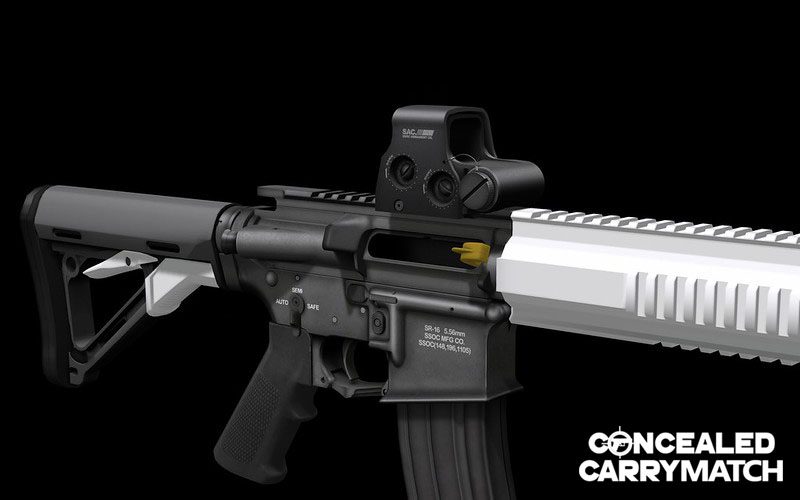
Mid-length
When it comes to shooting performance and operation, the mid-length gas systems exceed their counterparts in many facets. The first obvious difference lies in the lighter recoil power generated when shooting.
As a result, you will get a more comfortable shooting experience using the mid-length products. In addition, they feature an adjustable and removable front sight, giving more comfort and ease of handling in the usage process.
Another significant strength of the mid-length gas systems is their high accuracy. Combined with the longer dwell time, they make an ideal option for medium and long-range shooting distances.
However, the mid-length gas systems tend to encounter some issues when used for full-auto rifles. These problems may decrease their overall reliability, which I shall discuss in the following sections.
Dwell Time Of Carbine Vs Mid Length
Dwell time indicates the delay time gap when the bullet gets fired out of the tube hole until it leaves the rifle’s barrel. This time gap is critical since it suppresses the gas pressure generated when cycling the action.
When dwell time is too short or doesn’t exist, the gas pressure will burst out and damage the gun’s barrel or seal. This phenomenon is commonly known as “over gassing.”
So theoretically, the longer the dwell length, the healthier it is for the gun. I have tested the dwell time of the carbine vs mid-length gas systems on some AR platforms, ranging from 16 inches to 7,5 inches.
The mid-length gas system delivered a dwell length of 8,5 inches, while the figure for the carbine gas system reached 6,5 inches. It’s obvious that the dwell length on the mid-length gas system is healthier than its counterpart.
As a result, the gas pressure generated will stay for longer in the chamber using the mid-length gas systems. Meanwhile, the carbine systems will get dirtier and may release more gas, causing the shooters headache and discomfort.
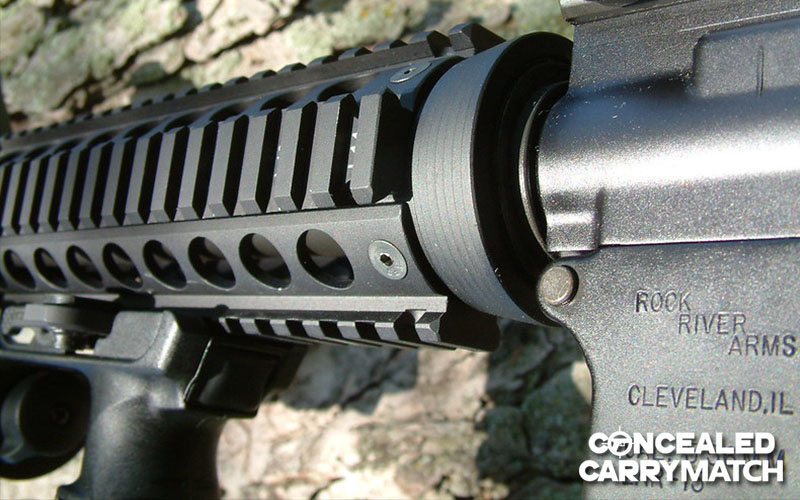
Bolt Velocity Of Carbine Vs Mid Length
When the generated gasses travel for longer from the chamber, they will cool down and reduce the pressure. Eventually, it will reduce the bolt velocity. Both the carbine and mid-length gas systems generated pretty high gas pressure.
However, the peak pressure of the carbines is much higher, standing at 26,000 psi. The mid-length gas systems feature a peak gas pressure of 21,000 psi.
This difference also explains why you will experience more recoil when using a carbine gas system. Many people often think that the high pressure of the carbines equals high bolt velocity, which is actually a beneficial thing.
However, things are a little more complicated. Too high gas pressure may overdrive the barrel action and cause some problems like bullet jams, higher bounce, and the slippage of the extractor.
Though the carbine gas systems may bring higher bolt velocity, it is not as durable and reliable as the mid-lengths. For this reason, the mid-length gas systems are more suitable for those prioritizing reliability and comfort.
Muzzle Velocity Of Carbine Vs Mid Length
Similar to the bolt velocity, the peak gas pressure also decides the muzzle velocity of one gas system. As I have discussed above, the carbines feature higher gas pressure, thus giving a more powerful muzzle velocity.
The muzzle velocity should be considered more for short-range and close-distance shooting. However, it will lead to more gas emitted from the barrel and make the gunners feel uncomfortable.
In addition, high muzzle velocity is actually a setback for long-range shooting.
The excessive recoil power makes it harder for you to aim and handle the gun, thus reducing the overall accuracy.
So once again, the mid-length gas systems are the better option for long-range shooting with higher comfort, accuracy, and less recoil.
Design Of Carbine Vs Mid Length
Though it depends on each person’s preference to judge the aesthetic look of each gas system, I personally prefer the rifle with carbine gas systems. They feature a shorter and more compact design.
The big size of the mid-lengths sometimes looks too bulky or obstructive. However, it’s totally fine if you like the carbines’ design over their counterpart.
But the compact design of the carbines is not always ideal. They may make the shooters feel cramped and harder to manage as they have to extend their hands further.
Meanwhile, many mid-length rifles are at least two-inch longer, giving the shooters an extra space to handle.
Price Of Carbine Vs Mid Length
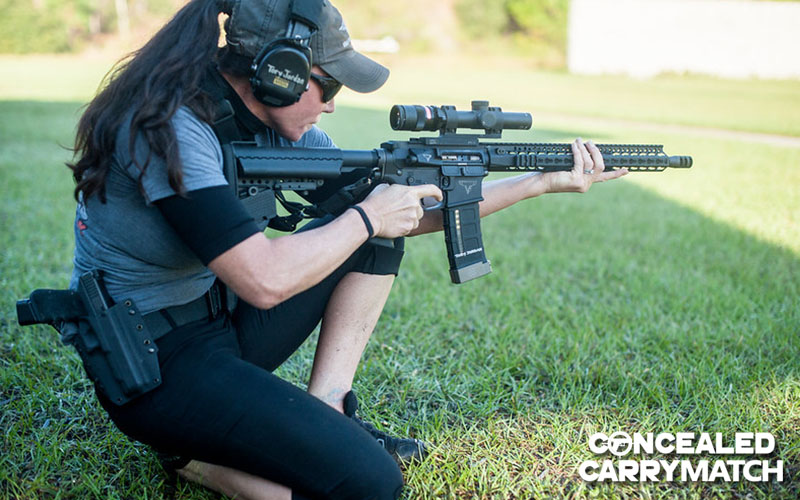
With a higher-quality front size, extended length, and heavier weight, it’s not surprising that the mid-length gas systems come with a higher price. They can greatly improve your shooting performance with higher accuracy and comfort.
However, the carbines feature higher availability. You can find them easier with more options to choose from.
If you want more in-depth comparisons between these two categories, watch this video to find out!
Final Verdict: Which Is Better Between Carbine Vs Mid Length?
I can conclude that the mid-length gas system is the overall winner due to its superior performance and specs. It brings a healthier dwell time, bolt velocity, and less gas port pressure.
So, you will achieve higher accuracy and comfort when using mid-lengths. In addition, they are also more durable and easier to handle than carbines.
However, it doesn’t mean that the mid-length gas systems are always the optimal choice for every gunner. The key is choosing a category that well suits your firearm size.
If you use close-quarter rifles with shorter and more compact barrels, the carbines would be ideal. They are less obstructive and lighter to carry, which is suitable for shooting in tight places or at close distances.
So that’s the basic pros and cons of the carbines vs mid-lengths. I hope that you can choose an optimal category by now.
Thank you for reading!
Last Updated on October 28, 2023 by
